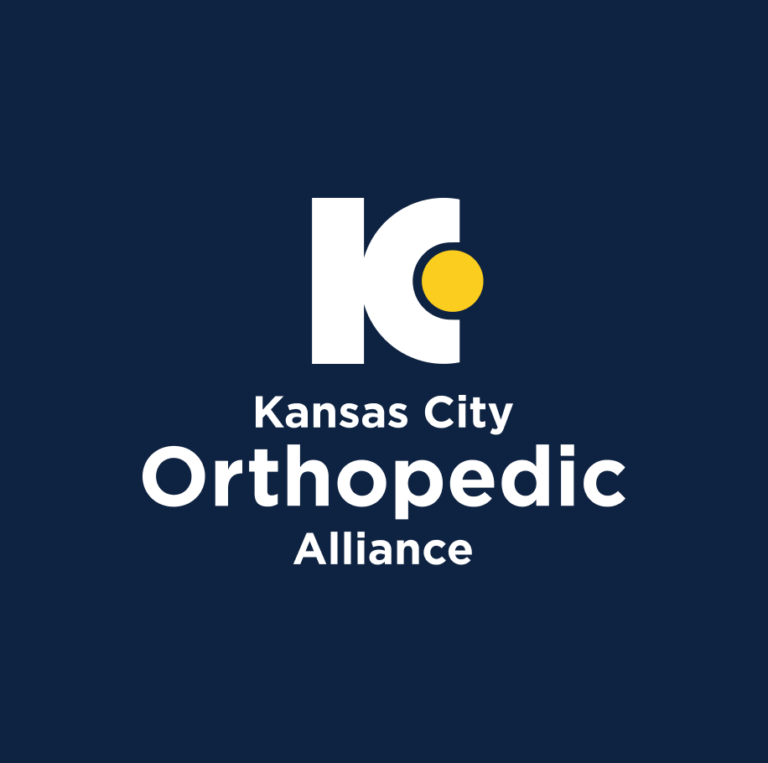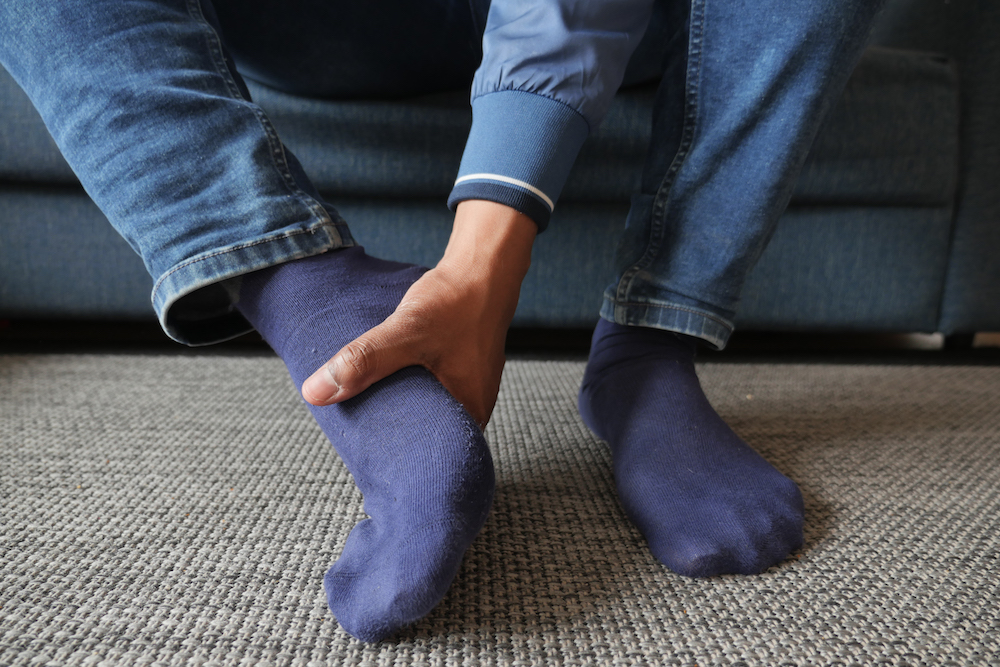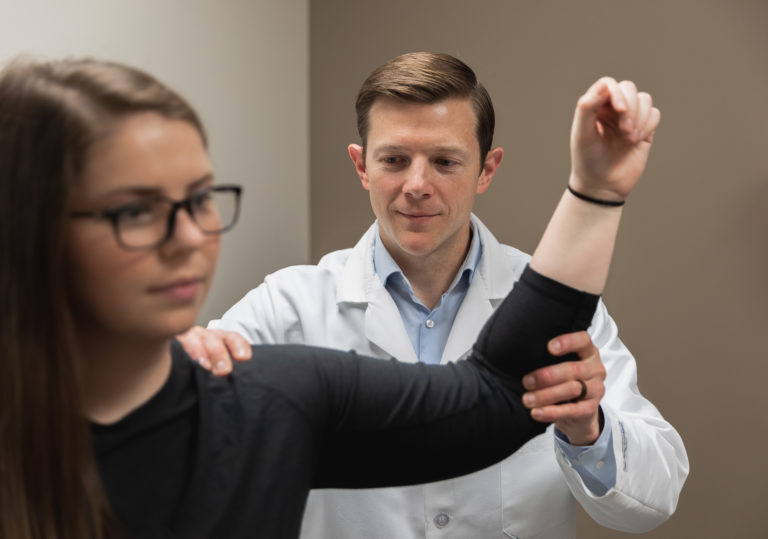
Comprehensive Guide to Foot and Ankle Care in Kansas City
The human body contains a variety of joint types, each with its own unique structure and challenges. Among the most complex regions are the foot and ankle, which work together to support movement and balance. Over time, the repetitive stress from everyday activities—like walking, running, and jumping—can lead to significant wear and tear. These joints are supported by soft tissues, including muscles, tendons, ligaments, nerves, and blood vessels, which help absorb impact and maintain stability.
Given the intricate network of bones and soft tissues in the foot and ankle, injuries and degenerative conditions are relatively common. As we age, the cumulative effects of repetitive motion can result in pain, reduced mobility, and chronic joint issues that require specialized orthopedic care.
Foot and ankle pain can disrupt your mobility, comfort, and quality of life. Whether you’re an athlete, a weekend warrior, or simply navigating daily routines, injuries to these areas deserve expert attention. At Kansas City Orthopedic Alliance, our board-certified orthopedic foot and ankle care specialists offer advanced, personalized care for a wide range of conditions. In this guide, we’ll explore four of the most common foot and ankle issues: sprains, Achilles tendon injuries, plantar fasciitis and fractures.

Sprains: More Than Just a Twist
Ankle sprains occur when the ligaments that support the joint are stretched or torn, often due to sudden twists or impacts. They’re among the most frequent orthopedic injuries, especially in sports and active lifestyles.
Common Symptoms:
- Sharp pain at the time of injury
- Swelling and bruising
- Difficulty bearing weight
- Instability in the ankle
Ankle Sprain Treatment Options:
Most sprains respond well to conservative care:
- RICE protocol: Rest, Ice, Compression, Elevation
- Physical therapy to restore strength and flexibility
- Bracing or taping for support during recovery
Severe sprains may require surgical repair, especially if ligament damage is extensive or recurrent instability develops.
Prevention Tips:
- Wear supportive footwear
- Warm up before exercise
- Strengthen ankle muscles with balance and resistance exercises
Achilles Tendon Injuries: The Power Connector
Whether you’re a competitive athlete or simply navigating everyday life, Achilles tendon injuries can affect anyone. These injuries typically present as Achilles tendinitis—inflammation of the tendon—or in more severe cases, a complete rupture.
The causes often stem from overuse, repetitive stress, or a sudden, forceful strain on the tendon. Activities like running, jumping, or abrupt changes in movement can place excessive pressure on the Achilles, leading to pain, swelling, and limited mobility. Early diagnosis and treatment are key to preventing long-term damage and ensuring a full recovery.
The Achilles tendon is the largest tendon in the body, connecting your calf muscles to your heel. It plays a vital role in walking, running, and jumping. Injuries range from tendinitis (inflammation) to ruptures (complete tears).
Warning Signs:
- Pain or stiffness in the back of the heel
- Swelling or tenderness
- Difficulty pushing off the foot
- A popping sound during injury (in case of rupture)
Treatment Options:
- Non-surgical: Rest, ice, anti-inflammatory medications, heel lifts, and physical therapy
- Surgical: Repair of torn tendon for active individuals or severe cases
Rehabilitation is key—our specialists/partners guide patients through tailored recovery plans to restore strength and prevent re-injury.
Fasciitis: The Morning Heel Pain
Plantar fasciitis is an inflammation of the thick band of tissue (plantar fascia) that runs across the bottom of your foot. It’s a leading cause of heel pain, especially in runners and individuals who spend long hours on their feet.
Plantar fasciitis is one of the most common causes of foot and heel pain, and it can significantly interfere with your ability to perform everyday tasks or enjoy your favorite activities. This condition is marked by a sharp, stabbing pain that radiates from the heel across the bottom of the foot—often intensifying throughout the day as you remain on your feet.
While most cases of plantar fasciitis can be treated non-surgically, delaying care can lead to complications. In some instances, patients may unconsciously alter their gait to avoid pain, which can trigger additional issues in the foot, ankle, hip and leg.
At Kansas City Orthopedic Alliance, our orthopedic foot and ankle specialists are highly skilled in diagnosing and managing plantar fasciitis. We offer a range of personalized treatment options—from physical therapy and orthotics to advanced interventions—tailored to your unique symptoms and recovery goals. Whether surgical or non-surgical, our approach is always focused on restoring comfort and mobility.
Symptoms:
- Sharp heel pain, especially with the first steps in the morning
- Pain after prolonged standing or walking
- Tenderness along the arch
Treatment Options:
- Stretching exercises for the calf and plantar fascia
- Orthotics or supportive shoes
- Night splints to maintain foot position
- Therapy or corticosteroid injections for persistent cases
Our team emphasizes early intervention to prevent chronic pain and improve foot mechanics.

Fractures: When Bones Break
Foot and ankle fractures can result from trauma, falls or overuse. These injuries vary in severity and location, from stress fractures in the metatarsals to complex ankle breaks. Fractures in the feet are more common than many realize and can happen unexpectedly, whether you’re an athlete on the field or simply going about your daily routine. These injuries can be painful and disruptive, significantly affecting your ability to perform everyday tasks.
At Kansas City Orthopedic Alliance, our goal in fracture management is to stabilize the injury and control pain effectively. With over 140 years of combined experience, our orthopedic specialists use advanced technologies and personalized techniques to ensure accurate diagnosis and tailored treatment plans for foot and ankle care.
Following your initial evaluation with a KCOA physician, we’ll recommend the most appropriate treatment for your needs. Our team is committed to providing comprehensive care that helps you return to the activities you love—safely and confidently.
Symptoms:
- Immediate pain and swelling
- Bruising and deformity
- Inability to bear weight
- Visible bone displacement (in severe cases)
Treatment Options:
- Immobilization with casts or boots
- Surgical fixation using plates, screws, or pins
- Rehabilitation to restore mobility and strength
Our orthopedic surgeons use advanced imaging and minimally invasive techniques to ensure precise diagnosis and optimal healing.
Meet Your Kansas City Foot & Ankle Experts
Our orthopedic foot and ankle specialists include:
- Dr. Timothy Badwey, MD
- Dr. Stanley Bowling, MD
- Dr. J.P. Halloran, MD
- Dr. Matthew Kneidel, MD
- Dr. Kirk McCullough, MD
These specialists bring decades of experience, cutting-edge techniques, and compassionate care to every patient. Whether you’re recovering from a sports injury or managing chronic foot pain, you’re in expert hands.
Schedule an Appointment Today
Don’t let foot or ankle pain slow you down. The Kansas City Orthopedic Alliance is here to help you move better, feel better, and live better. Request an appointment today for your foot and ankle care needs, and take the first step toward recovery.


